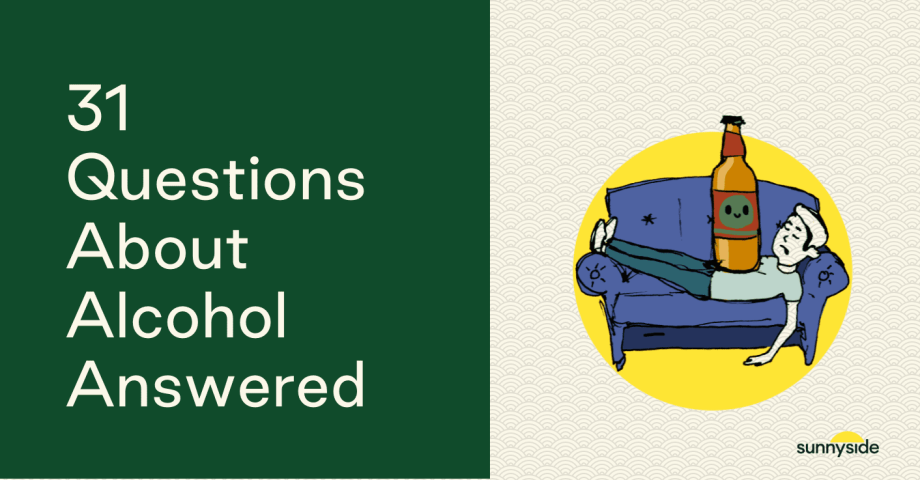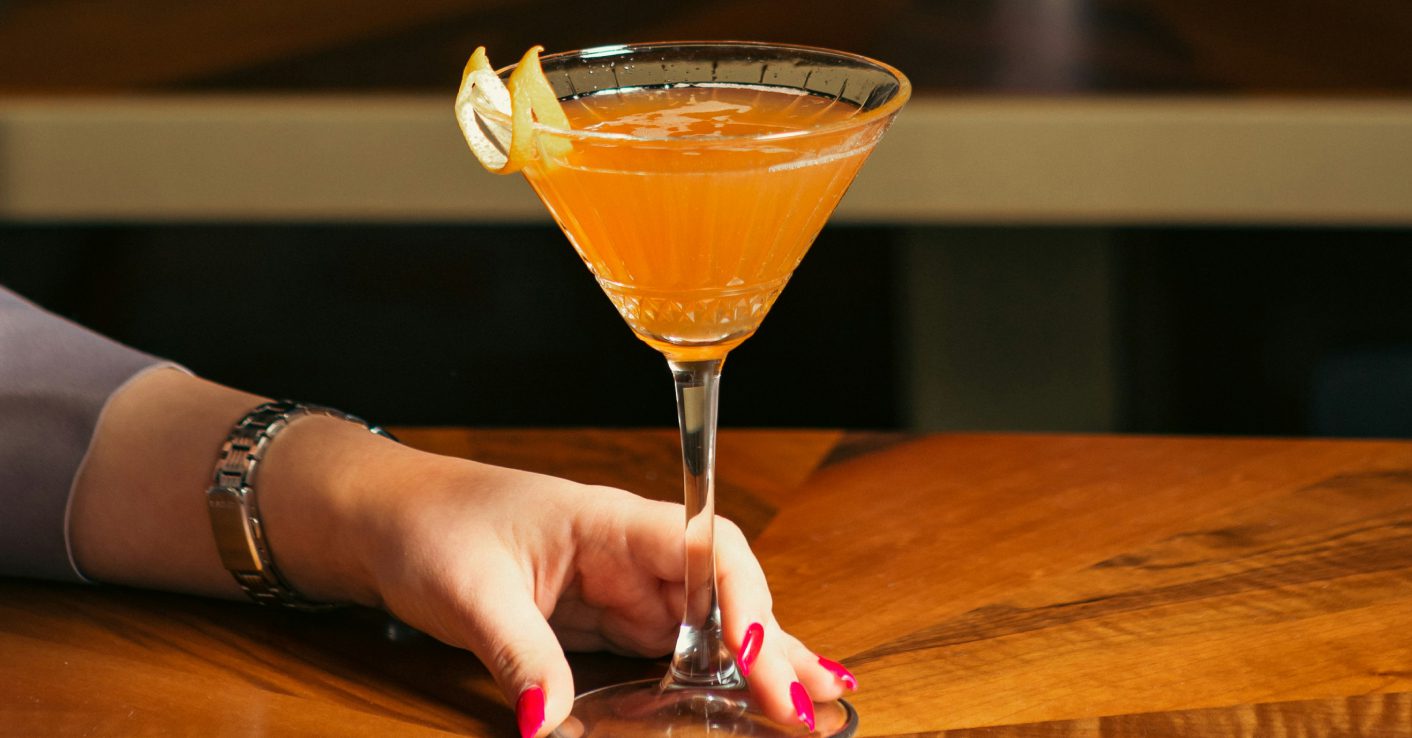Last Updated on May 19, 2023
At Sunnyside we’ve had over 100,000 conversations with individuals who are looking to cut back on drinking and improve their relationship with alcohol. We’ve made it our mission to become an authority in alcohol health education, and we frequently review our approaches with a number of advisors in the health and behavioral psychology disciplines.
Consider this guide your resource for all your alcohol consumption questions. Go ahead and bookmark this page, since it will be updated on a frequent basis with new questions and information around alcohol health.
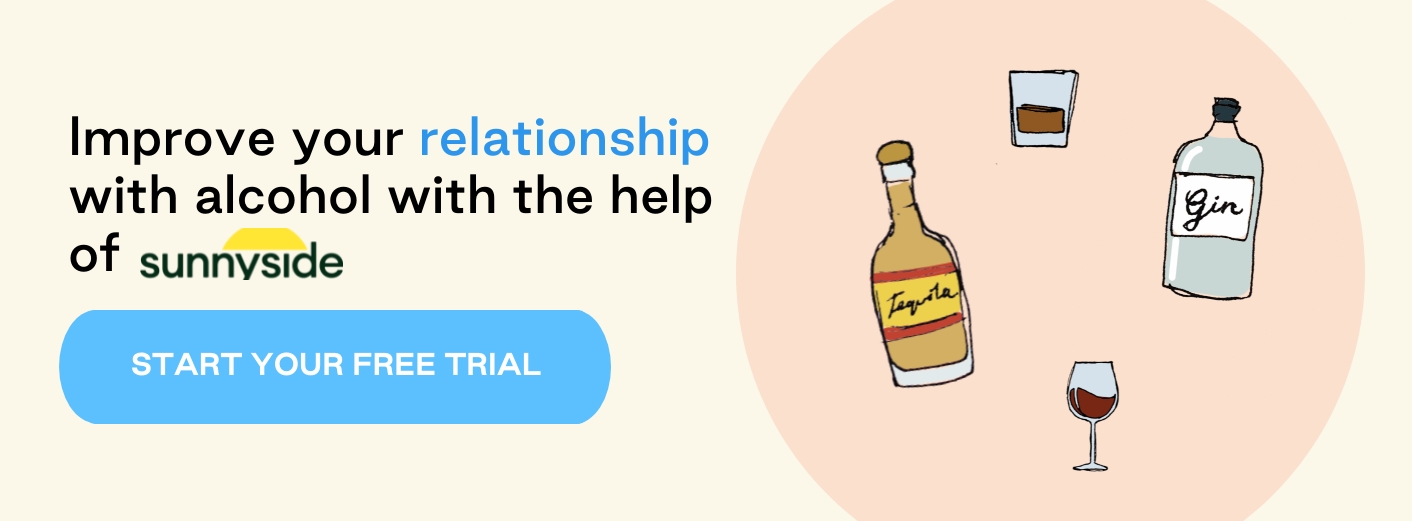
1) What is Mindful Drinking?
Mindful drinking is a self-reflection and self-awareness practice around alcohol consumption. When we mindfully drink, we are more intentional about our relationship with alcohol.
We become more aware of why and how much we drink and our behaviors as they relate to alcohol. Mindful drinking involves paying closer attention to why, where, when, and what we sip.
Mindful drinking is a revolutionary movement to enjoy the most out of life while being mindful about the recommended alcohol intake per day. Our mindful drinking app helps tens of thousands of people embrace a healthier relationship with alcohol. Mindful drinking is not about quitting drinking.
Instead, mindful drinking is about recognizing our reasons for drinking and the associated ramifications. The mindful drinking movement maximizes enjoyment and minimizes the adverse side effects, like hangovers, increased sensitivity, regrets, and anxiety.
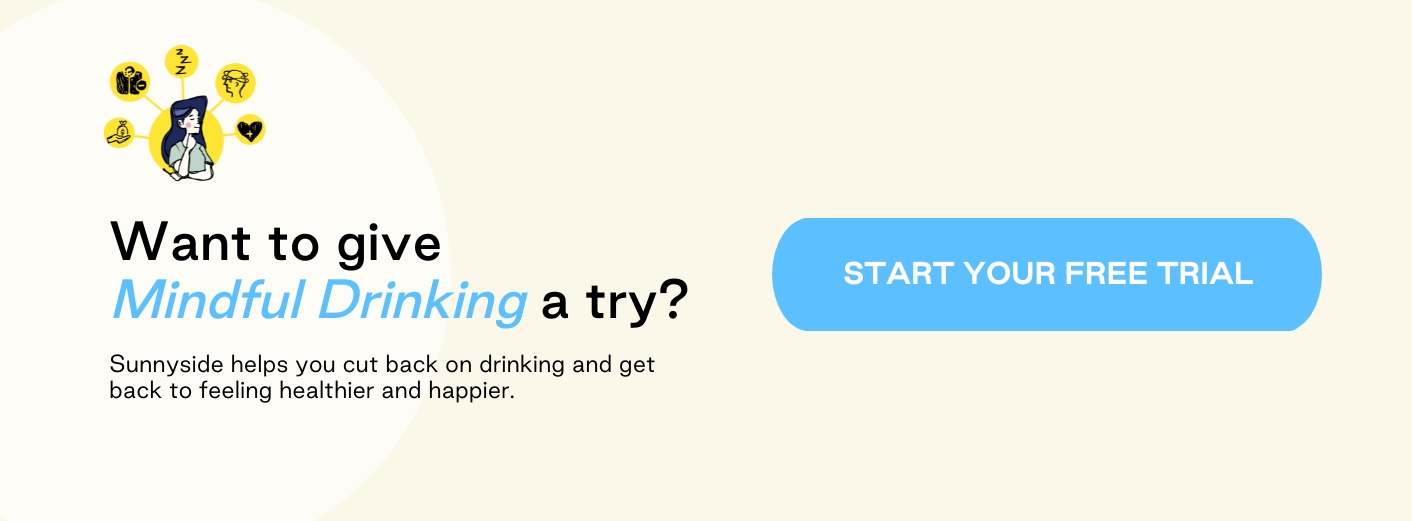







2) How Much Alcohol is Too Much Alcohol?
We become intoxicated by drinking an excessive amount of alcohol. We may experience excessive drinking side effects within the first five to ten minutes as alcohol quickly absorbs into our blood.
Frequently engaging in heavy drinking dramatically increases our risk for long-term challenges related to excessive or problem drinking. Heavy drinking affects our physical and emotional health and hurts our hormones.
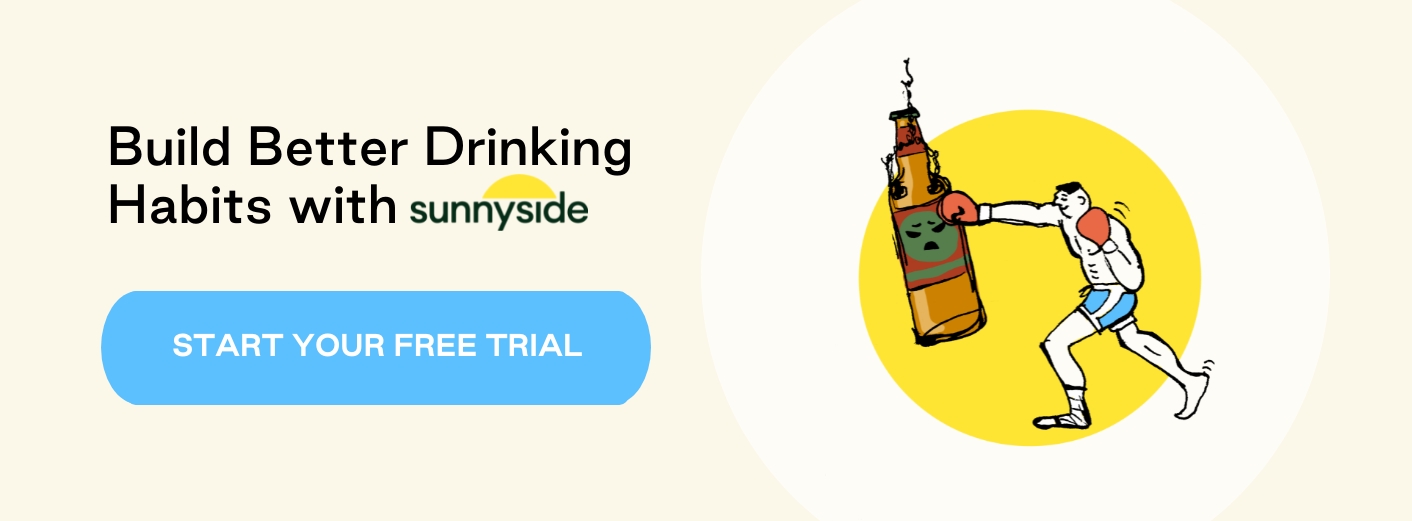






3) How much is heavy drinking?
Heavy drinking as defined by the CDC is consuming 15 or more drinks per week for cis males, and for cis women it’s defined as having 8 or more drinks per week. Whereas the NIAAA defines heavy alcohol use as binge drinking on five or more days within a month.
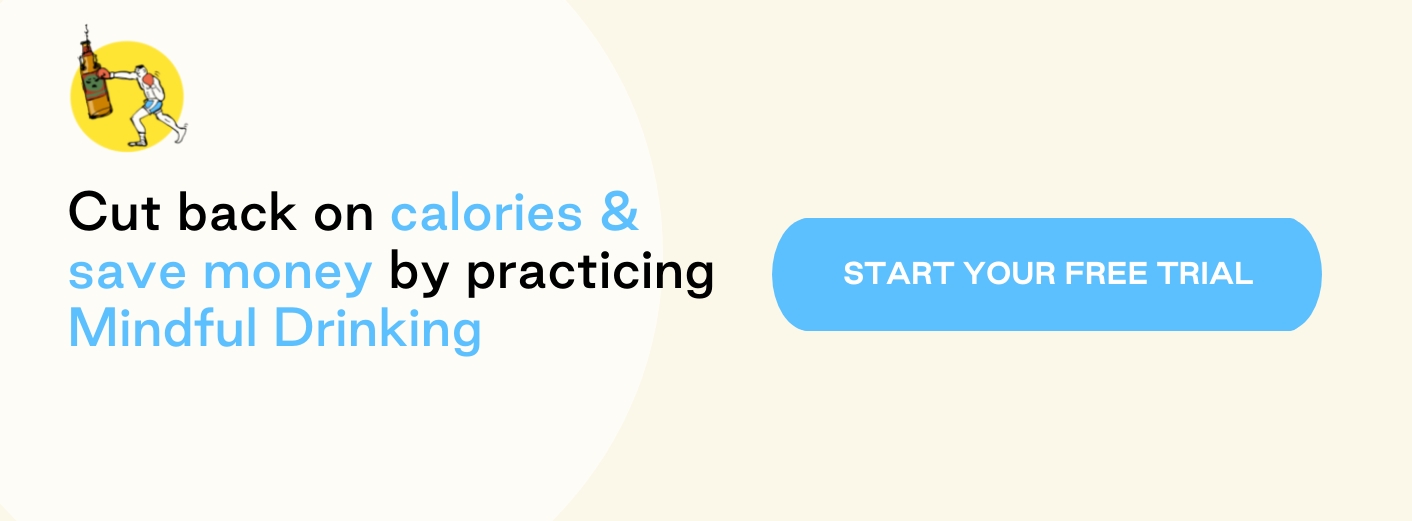





4) How many drinks makes you an alcoholic?
Being an alcoholic, or having alcohol use disorder (AUD) depends on a number of different factors. To understand if you are experiencing AUD, you must meet any two of the criteria within the Diagnostic and Statistical manual of Mental Disorders (DSM-5) within the same 12-month period.
Here’s the checklist you can use to help determine if you are abusing alcohol:
- Spending a lot of time obtaining, using, and recovering from the effects of alcohol.
- Cravings, or a strong desire to use alcohol.
- Being unable to cut down on alcohol use despite a desire to do so.
- Continuing to abuse alcohol despite negative interpersonal or social problems that are likely due to alcohol use.
- Using alcohol in physically dangerous situations (such as driving or operating machinery).
- Drinking more or for a longer time than originally intended.
- Continuing to abuse alcohol despite the presence of a psychological or physical problem that is probably due to alcohol use.
- Being unable to fulfill major obligations at home, work, or school because of alcohol use.
- Giving up previously enjoyed social, occupational, or recreational activities because of alcohol use.
- Having a tolerance (i.e. needing to drink increasingly large or more frequent amounts of alcohol to achieve the desired effect).
- Developing symptoms of withdrawal when efforts are made to stop using alcohol.






5) Why is acute intoxication harmful?
When we “get drunk,” we are acutely intoxicated. Binge drinking typically results in acute intoxication. Acute intoxication can be harmful for a variety of reasons.
- We may impair our brain functioning and experience poor judgment, reduced reaction time, loss of balance or motor skills, or slurred speech.
- We may dilate our blood vessels and feel warmth; however, we rapidly decline body heat.
- Increase our risk of certain cancers, stroke, cirrhosis, and other liver diseases, especially when we excessively drink over extended periods.
- Damage our developing fetus, if we are pregnant.
- Increase our risk of motor-vehicle crashes, violence, and other injuries.
- We may experience coma or death if we consume large amounts.








6) What is a standard drink?
By becoming familiar with the concept of a standard drink, we can estimate the amount of alcohol we are consuming.
In the United States, a standard drink consists of 0.6 ounces of pure alcohol.
- Most domestic beers are 5% alcohol. A standard beer is 12 ounces.
- 5-ounces of wine contains 12% alcohol.
- Malt liquor usually consists of 7% alcohol. A standard drink is between 7 and 8 ounces.
- Spirits such as gin, vodka, whiskey, or brandy contain approximately 40% alcohol. In this case, a standard drink (or shot) is 1.5 fluid ounces.
Bars and restaurants typically do not abide by a standard serving size for their crafts. So, a mixed cocktail may contain three times more alcohol than one standard drink.







7) What is binge drinking?
When people binge drink, they consume a five or more drinks in about two hours for men; and four or more drinks in two hours for women amount of alcohol in one sitting. The person’s sex and the type and size of the drink determine if the amount is dangerous.
8) How much alcohol is too much in one sitting?
Moderate drinking is considered one drink for women and two for men in one night.
According to the CDC binge drinking is is often the pattern of consuming five or more drinks in about two hours for men; and four or more drinks in two hours for women as indicated above.






10) How common is excessive drinking?
Currently, 54% of U.S. adults drink alcohol three or more days a week, and 48% have three or more drinks per drinking episode.
Also, one in six American adults binge drink, and 25% binge drink weekly.
25% of binge drinkers consume at least eight drinks during a binge-drinking episode.
As binge drinking has seemingly become a ritual for college students, 53% of full-time college students ages 18-22 drank alcohol in the past three months; 33% are binge drinkers.
Sunnyside surveyed 500 members of our community and discovered that 64% of our respondents drank more than 10 alcoholic drinks a week.








11) What is the recommended alcohol intake per day?
Although drinking in moderation does not entirely eliminate side effects, it can reduce the impact of the side effects. Following the recommended alcohol intake per day guidelines may improve our emotional wellness and decrease stress levels. Low to moderate amounts of alcohol may increase happiness, euphoria, and pleasant, carefree feelings associated with psychological wellness. That being said, the best recommendation is not to drink alcohol at all.







12) What is a mocktail?
A mocktail is a non-alcoholic cocktail. Often made with a variety of syrups, juices, sodas and bitters; mocktails are a more enjoyable alternative to drinking an alcoholic beverage. There are many non-alcoholic spirits on the market that individuals can substitute for hard liquor. Ritual, Athletic Brewing and Buzzkill wines are additional non-alcoholic options to try out.
13) Which mocktails are healthy?
While many non-alcoholic alternatives are like sugary sodas, there are a few healthier alternatives. Ferm Fatale creates zero sugar probiotic mocktails in classic cocktail flavors to nourish your gut and body. Powered by bacteria, yeast, enzymes, vitamins, and antioxidants to support a healthy digestive system.






14) What are some non-alcoholic alternatives?
Kava is a South Pacific root native used for thousands of years. Kava is recognized for its unique properties, especially as a relaxation aid to alleviate stress and calm the mind. Leilo embraces kava powers with zero-alcohol calm in a can.
Drink Monday is a good option alcohol alternative mezcal, whiskey, gin, and cocktail creations crafted with natural ingredients. A jigger is our best friend to measure pours, repeat our favorite experiments, and share recipes.
Better Rhodes offers carefully crafted alcohol-free wines, beers, and spirits. Also, check out these 18 low-alcohol and non-alcoholic cocktail recipes carefully crafted by our in-house mixologist.








15) What are some other ways to unwind without alcohol?
Although it can be easy to understand why alcohol is considered a temporary relief, there are several ways to navigate stress and negative emotions in healthier ways with long-term benefits.
Practice meditating, journaling, exercising, decreasing doom scrolling, clearing the clutter, cooking fresh meals, seeing your doctor, and relaxing with cannabidiol.






16) Is it safe to drink while pregnant?
No. There is no safe time to drink alcohol during pregnancy. Alcohol can negatively affect the baby, even before a woman discovers that she is pregnant. Alcohol use during the first three months of pregnancy can cause the baby to have abnormal facial features.
Due to the mother drinking during any trimester of the pregnancy, the baby may experience growth and central nervous concerns, such as low birth weight and behavioral challenges. The baby’s brain develops throughout pregnancy and can be affected at any time. It is never too late to stop drinking alcohol during pregnancy. Stopping alcohol will improve the baby’s health and wellness.
17) Is it safe to drink while nursing?
Nursing moms can enjoy one standard drink per day. Wait at least three hours before nursing.
Alcohol levels are usually higher in breast milk 30-60 minutes after drinking alcohol. The alcohol can poison the breast milk for two to three hours per drink after consumption.







18) How long does alcohol stay in breast milk for?
The length of time that the alcohol can be detected in the breast milk will increase with the amount of alcohol consumed. Blood alcohol levels and the duration of time that alcohol can be detected in breast milk depend on various factors. Such factors include the amount of alcohol consumed, how fast the alcohol was consumed, whether the alcohol was consumed with food, the mother’s weight, and how quickly her body breaks down alcohol.
19) How does alcohol impact breastfeeding?
Higher levels of alcohol consumption can interfere with the milk ejection reflex, while maternal alcohol levels are high. Over time, excessive drinking could shorten breastfeeding duration due to decreased milk production. Excessive alcohol use could also affect the infant’s sleep patterns and early development.






20) Why does drinking alcohol before bed disrupt sleep?
Alcohol is a central nervous system depressant with sedative effects that induce relaxation and sleepiness. It slows down the functioning of our brain, from thinking to breathing to walking and other automatic functions.
However, we may wake up feeling groggy after drinking the previous night. Due to poor sleep quality as alcohol impacts our neurotransmitters that promote deep, restorative sleep.
21) How much alcohol will disrupt my sleep?
Excessive drinking disrupts sleep quality and duration as people with alcohol use disorders commonly experience insomnia symptoms. We are more prone to delayed sleep onset when we drink before bedtime and may experience more challenges falling asleep.
As liver enzymes metabolize the alcohol, the blood alcohol level decreases, and we may experience disrupted and disturbed sleep. Also, alcohol use can disrupt breathing during sleep and exacerbate sleep apnea symptoms. Drinking alcohol before bed forces our heart to beat at a higher level, lowering our sleep quality, and prolonging our recovery.
22) Can alcohol help you sleep?
Some people drink alcohol as a sleep aid and remedy to relax, quiet their minds, and distract from painful feelings or memories. Research shows that it only takes a few days to build a tolerance to the amount of alcohol used to induce drowsiness. As a result, people may drink larger amounts to increase sleep. Unfortunately, they increase the likelihood of alcohol dependence.








23) How can I recover more sleep?
To recover sleep after drinking, drink plenty of non-alcoholic fluids, eat more complex carbs, increase your magnesium intake, snack on some nuts, and say no to caffeine and nicotine. It takes alcohol 25 hours to get out of our system.
24) How do I avoid a hangover?
Fortunately, our body metabolizes a large portion within four to five hours. So, try to stop drinking four to five hours before it is time to sleep in order to avoid a hangover. But realistically the only way to avoid a hangover entirely is to not drink at all. If you are seeking support in recovering from a hangover, Cheers Health offers a great product to help alleviate the effects of a hangover. Keeping yourself hydrated when you do decide to drink can also help reduce the effects of a hangover.







25) How Do I Drink More Mindfully?
For a long time, our society has considered drinking alcohol as a necessity for enjoyment or as a problem. So often, we perceive life matters from the angle of black-and-white or either/or. Yet, the space in between is vast.
Studies show that 47% of adults who drink alcohol prefer to cut back or establish healthier drinking habits, but not stop entirely. 39% of adults who drink alcohol have considered mindful drinking. Mindful drinking envelops the in-between. What if we avoided a hangover or at least minimized the pain…good riddance, hangxiety. Cheers to post-drink-pills and thriving with a healthier lifestyle without completely giving up our favorite alcoholic beverages.






26) Why do I drink?
It is crucial to understand why you drink and why you would like to cut back to embrace better control over your drinking. Understanding our whys helps us consider healthier alternatives, discover motivation to become more mindful, and bounce back if sidetracked.
Here are a few questions to help you understand more about your triggers for why you drink:
- Do you drink alone at home?
- What triggers you to drink?
- Are there certain days that you are more prone to drink than others?
- What happens during those days?
- Are they more stressful?








27) Is it common to drink alcohol alone?
One in three U.S. adults most often drink at home by themselves. Our Sunnyside community members shared that their leading trigger for drinking was decompressing after a long day. The second leading cause is that drinking alcohol is a habit.
Some additional questions you can ask yourself when you’re reflecting on your own alcohol use are:
- Do you drink when stressed to cope?
- Do you drink to self-medicate and escape?
- Do you actively seek to feel drunk and the associated sensations?
- Do you drink on an empty stomach and avoid eating all day to make up for the calories in alcohol?
- Do you drink even though it may get you into trouble?
- Do you drink to celebrate?
- Perhaps due to feeling social pressure, you tend to only drink on social occasions?
- Do you feel like your family or relationships may be triggering your drinking?
- Do you sometimes binge drink or drink excessively?
- How much and what do you drink per day, week, and month?






28) What can I do to stop drinking alone?
One of the leading sober-curious practices is “H.A.L.T.”. This tool encourages you to question any drink when you are Hungry, Angry, Lonely, or Tired and potentially consider a different decision.
H.A.L.T. is an easy example to help you mindfully drink and question decisions that can help transform your drinking habits. You can also plan ahead of time about alternative options to consider when experiencing H.A.L.T.
You will think more logically and future-focused about alcohol rather than impulsively.







29) Are drinking health apps beneficial?
One in five American adults regularly uses at least one health app. 92% of this population identify using health apps as helpful or very helpful. This trend has also facilitated once stigmatized areas of our wellness, like women’s cycles or mental health, to become a part of public dialog.
We track steps and exercise, count calories, note mood and mental wellness, and closely monitor sleep cycles with apps. We also manage medications and some women may record cycles. Using an alcohol tracker is a great first step in improving your relationship with alcohol.






30) Are most alcohol support tools helpful for moderate drinkers?
Most alcohol-related support apps and programs almost entirely focus on supporting those who have decided that alcohol no longer has a place in their lives. While these tools are often lifesaving, they exclude resources for the millions of people who enjoy drinking and have no desire to quit altogether. There are few options currently available for moderate drinkers who simply desire to become more mindful. They prefer to keep tabs on their consumption in a way that is free from guilt and does not ultimately lead to sobriety.








31) Why track with Sunnyside?
Sunnyside focuses on judgment-freely guiding drinkers who wish to cut back and become more mindful but not entirely quit to develop healthier drinking practices. We focus on developing safer and healthier lifestyles without giving up alcohol.
Start building healthier drinking habits
We understand that we each have unique needs, lifestyles, preferences, and WHYs. We personalize solutions according to what will best support you. Our evidence-based mindful drinking method has helped our members achieve balance, happiness, and a healthier relationship with drinking.Take the 3-min quiz
